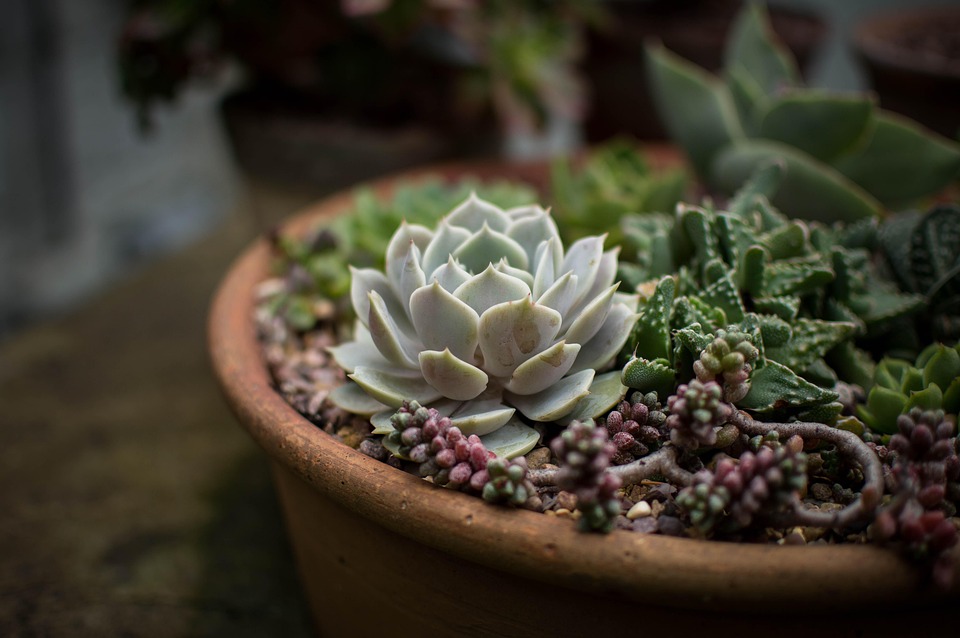Growing Green: Sustainable Gardening Tips for a Greener Planet
As concerns about climate change and environmental degradation continue to grow, more and more people are looking for ways to live a more sustainable lifestyle. One simple yet impactful way to do this is through sustainable gardening. By implementing eco-friendly practices in your garden, you can help reduce your carbon footprint, conserve water, and create a healthier environment for yourself and future generations.
Why Sustainable Gardening Matters
Sustainable gardening is important for a number of reasons. First and foremost, it helps protect the environment by reducing the use of harmful chemicals and pesticides. Traditional gardening practices often rely on synthetic fertilizers and pesticides that can leach into the soil and water supply, harming wildlife and polluting our ecosystem. By choosing sustainable gardening methods, you can help minimize these negative impacts and create a more eco-friendly garden.
Additionally, sustainable gardening can help conserve water, which is an increasingly precious resource in many parts of the world. By using techniques like mulching and drip irrigation, you can reduce water waste and ensure that your garden remains healthy and vibrant without draining valuable resources.
Essential Sustainable Gardening Tips
1. Choose Native Plants
One of the best ways to create a sustainable garden is by choosing native plants. Native plants are well-adapted to your local climate and soil conditions, which means they require less water, fertilizer, and maintenance than non-native species. By incorporating native plants into your garden, you can create a more resilient and sustainable landscape that supports local wildlife and pollinators.
2. Compost Your Kitchen Scraps
Composting is a great way to reduce waste and improve the health of your garden. By composting your kitchen scraps, yard waste, and other organic materials, you can create nutrient-rich soil that will help your plants thrive. Composting also helps reduce greenhouse gas emissions by diverting organic waste from landfills, where it would otherwise break down and release methane, a potent greenhouse gas.
3. Practice Water Conservation
Water is a precious resource, so it’s important to use it wisely in the garden. One way to conserve water is by installing a rain barrel to collect rainwater for use in your garden. You can also use techniques like mulching and drip irrigation to reduce water waste and keep your plants healthy without overwatering.
4. Avoid Chemical Pesticides and Fertilizers
Chemical pesticides and fertilizers can be harmful to the environment, so it’s best to avoid them whenever possible. Instead, try using natural alternatives like neem oil, diatomaceous earth, or compost tea to control pests and nourish your plants. These natural remedies are just as effective as their chemical counterparts, but without the negative environmental impacts.
Common Questions About Sustainable Gardening
1. Can I still have a beautiful garden using sustainable practices?
Absolutely! Sustainable gardening doesn’t mean sacrificing beauty. In fact, many native plants are not only eco-friendly but also stunning additions to any garden. By incorporating a variety of native plants, creating a diverse landscape, and using creative design techniques, you can create a beautiful and sustainable garden that will be the envy of your neighbors.
2. Is sustainable gardening more expensive than traditional gardening?
While there may be some upfront costs associated with transitioning to sustainable gardening practices, in the long run, it can actually save you money. By reducing your water usage, eliminating the need for chemical pesticides and fertilizers, and improving the health of your soil, you can cut down on your gardening expenses and create a more sustainable garden that will thrive for years to come.
3. How can I get started with sustainable gardening?
Getting started with sustainable gardening is easier than you might think. Begin by assessing your current gardening practices and identifying areas where you can make improvements. Start small by incorporating native plants, composting your kitchen scraps, and practicing water conservation. As you become more comfortable with these practices, you can gradually expand your sustainable gardening efforts and create a greener, healthier garden.
Conclusion
Sustainable gardening is a simple yet powerful way to make a positive impact on the environment and create a greener, healthier planet. By following the tips outlined in this article and incorporating sustainable practices into your gardening routine, you can reduce your carbon footprint, conserve water, and create a more sustainable landscape that supports local wildlife and pollinators. So why wait? Start growing green today and help make the world a better place for all!





















































